Dress code vs. the mask mandate: how they are being enforced
The dress code is not nearly as important as the mask mandate, yet the way RV enforces them makes the opposite seem true
November 3, 2021
Whilst in the halls and classrooms of RV, all students are required to abide by many rules, two of which are well known: the dress code and the mask mandate. As with any rule, both are broken. However, dress code violations seem to be among the school’s priorities, while those who violate the mask mandate have gone unnoticed or have merely gotten away scot-free.
This seems rather backward as the dress code intends to establish a boundary between what RV deems suggestive clothing and casual, everyday wear; though most times, it stunts a person’s self-expression. The mask mandate protects individuals’ from the coronavirus. The latter clearly is more important than the former.
Through an experiment done back in May of 2020, when the pandemic began, masks were proven to significantly reduce droplets which form through speech, harbor infectious virus particles and can linger in the air to potentially spread to another person. By blocking many droplets from reaching other individuals, masks directly contribute to decreasing the spread of COVID-19 between individuals who are merely speaking to one another.
So why is it that many students and staff at RV insist upon taking down their mask to talk? According to Mr. William Turner, a disciplinarian, it is because the masks partially obscure speech.
“I want you to understand what I’m saying, and I know just from talking to kids: sometimes I’ll have to ask a kid to pull [their mask] down to talk to me, so I can understand what they are saying,” he said.
While this would be a fair justification, it directly violates the mandate and does not change that the mask mandate is a directive from the governor, Phil Murphy. As such, the mandate overrides the authority of school staff.
The dress code, on the other hand is a strict RV-created rule that in no way deals with the health and safety of the entire school; hence, the code is less significant. Despite this, RV enforces the dress code in a problematic manner for many students.
Keira Sohosky, a sophomore who was dress-coded in her freshman year for showing a small amount of skin at her midriff, said, “At the time it really messed with my body image; I was facing a lot of problems with my eating and body image at the time. I remember he directly [said], ‘Nobody needs to see all of that.’ It really messed with my mind.” Sohosky went on to presume that many other students, specifically females, are facing similar issues because of the dress code and the demoralizing way in which it is enforced.
Personally, the dress code has subliminally manipulated me into unconsciously covering my shoulders and chest with my hair, even while wearing RV-appropriate attire, for fear of being looked at. Only recently did I connect the dots between the dress code and this tendency, leading me to believe that many others have become self-conscious and complaisant to be sure they are not “distracting.”
Only recently did I connect the dots between the dress code and this tendency, leading me to believe that many others have become self-conscious and complaisant to be sure they are not ‘distracting.’
Furthermore, according to Turner, students receive punishment for violations of the dress code, “just by looking.” This is innately problematic as it actively invites staff members to look at students, regardless of whether or not they are dressed inappropriately, for anything deemed unsuitable by the dress code.
Though Turner described the mask mandate as an extension of the dress code, most of RV’s staff turns a blind eye to violations of the mandate, despite much of the school can be seen wearing their masks incorrectly just by glancing at their face.
Also unlike the dress code, there are little to no consequences for being in violation nor for forgetting a mask.
“[Students in violation of the mask mandate] may be punished eventually [for incorrectly wearing their mask], we try not to,” he said.
It’s peculiar that the school does not want to enforce the mandate, whereas the dress code follows a series of punishments (warning, detention, Saturday detention, suspension).
“We call people down,” Mr. Turner explained. “I’ve had to do it a couple of times this year. I’ll say, ‘please, teachers ask you a million times to pull it up, please keep it pulled up.’”
Whether or not students are called down, it does not change that a teacher rarely requests for masks to be worn properly, and even more rarely do they address it a second time. From my experience, I will hear a teacher ask students to pull up their masks once or twice a week.
Essentially, this means that the RV staff have few concerns over the governor’s directive, and collectively choose to ignore it as much as possible, instead of focusing on their own rule. Quite bizarre it is, that RV actively prioritizes semi-exposed midriffs, shoulders, cleavage and thighs over the health and safety of every student, staff member, and family that is tied to the school.
There needs to be a change to RV’s focus. “You can’t pick and choose which ones you’re going to enforce and which ones you’re not.” This is especially true given what the two rules deal with and from where they come. This does not mean the dress code should be done away with completely.
“There needs to be a boundary [of what clothes are acceptable at schools],” said Sohosky. “But you shouldn’t be giving [students] detention for something as simple as an inch or two.” Instead, RV needs to reevaluate what is really important for students.

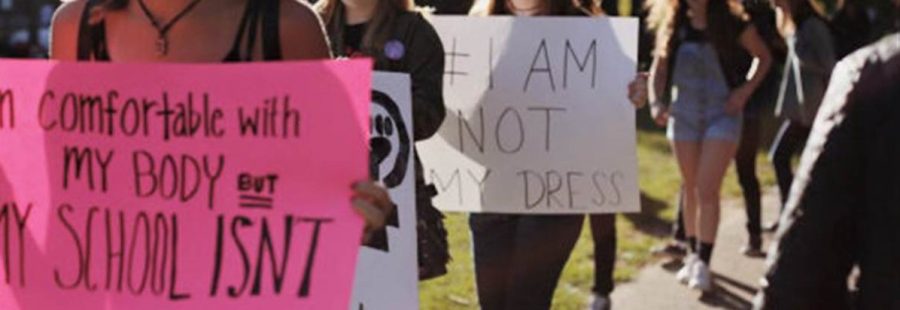


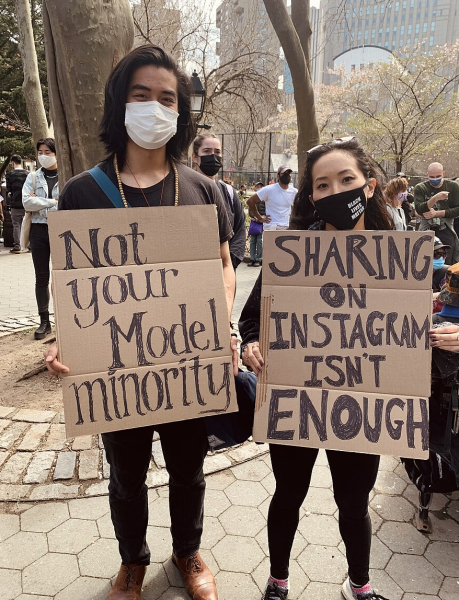


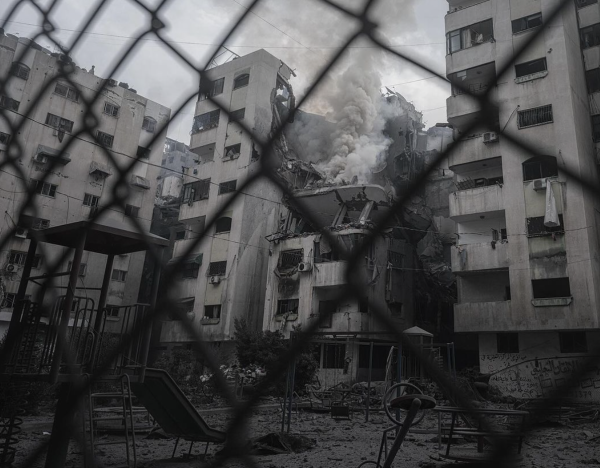
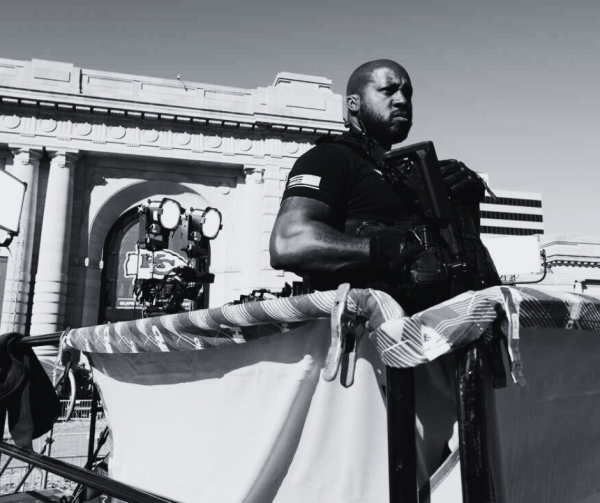


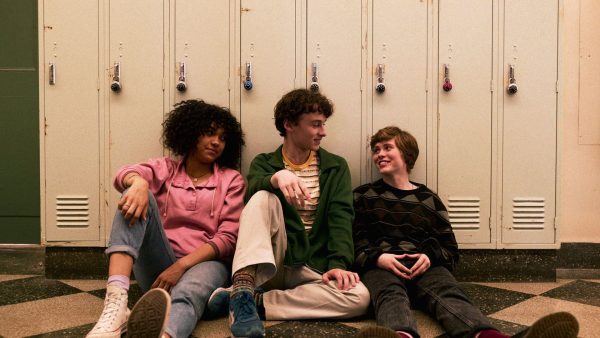
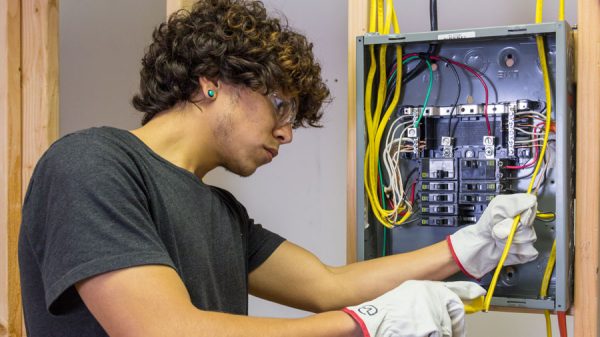
L Wilkinson Debra • Nov 3, 2021 at 5:53 pm
Love this Ally. Great view point!
Deb Wilkinson